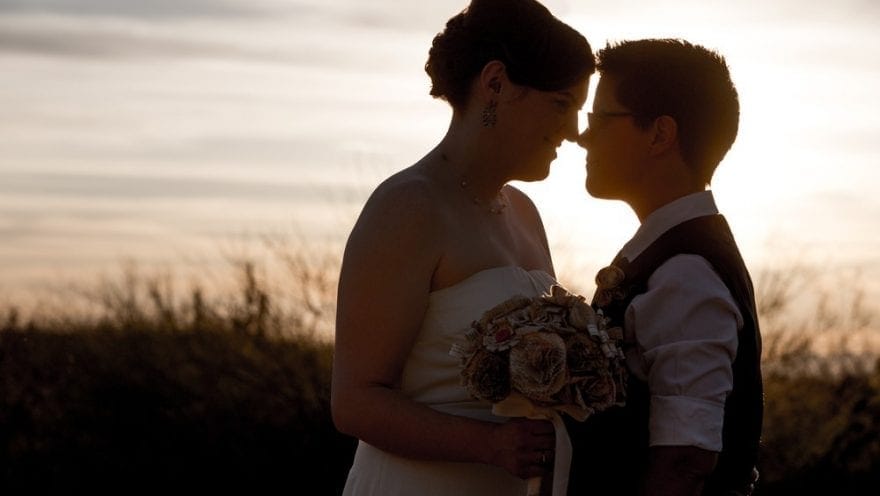I came across some interesting figures this week. The average age at which women marry is 37.0 years, according to ONS, slightly lower than the male mean age of 38.6 years. Seem high? Well maybe not if I tell you that these figures relate to same-sex marriage. For hetero-sexual couples, the ages are significantly lower: just under 30 for women and just over 30 for men.
Of those entering into same-sex marriage, the majority had never been married or in a civil partnership before (91% of males and 79% of females).
This gives an interesting distinction in the demographic that certainly has some implications in terms of family law issues. As people in same-sex relationships tend to marry later in life, they are more likely to have accrued more personal wealth, possessions, possibly property and a pension pot. As a low proportion have actually entered into marriage or civil partnership previously, it is likely they will have been co-habiting.
While it’s too soon to comment on the divorce rates for same sex couples who are married rather than entering a civil partnership, we’re already seeing an increase in divorce rates for civil partners (recent figures from ONS showed a 20% increase from 2012 to 2013).
With same sex divorce or civil partnership dissolution a possibility it makes sense for same-sex couples to plan ahead, to plan for the future – and accept the reality that that future may involve a split.
The debate around prenuptial agreements has been raging for years and will continue to do so. Who do they benefit most? Are they unromantic? Are they legally binding? A simple way to think of it is this: they are insurance for your marriage. Setting out in a document who gets what in the event of a split can save time and heartache in the future and help you keep hold of possessions and at assets you bring into a marriage.
Same sex couples have more to lose
Same sex couples may well have built up that bit more wealth and more assets judging by the figures above that show they tend to marry later and are less likely to have wed previously, than heterosexual couples. Therefore, looking at having a pre-nup drawn up is perhaps more important than ever.
A prenuptial agreement sets out where assets will go in the event of a divorce. Both parties need to take legal advice and the document needs to be properly drawn up by an experienced family law solicitor. If this happens, though they are still not absolutely legally binding, it is likely they will be referred to in the event of a divorce.
Similar documents can also be drawn up for those couples entering into a civil partnership – or those who just want to cohabit.
Yes, it may well be seen as unromantic by your partner. However, it is a sensible step to take and the detail of the agreement can be tailored to the couple to cover as much or as little as you want. In any event, a family law specialist will be able to advise on the approach that is best for you.
Andrew Woolley
Woolley & Co, family law specialists



